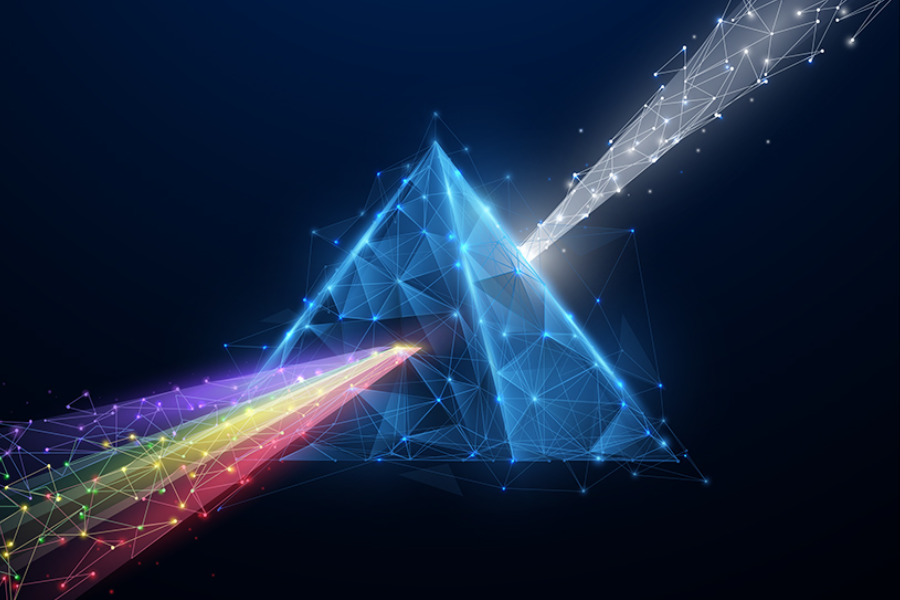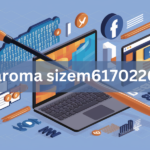The Historical Context
Art and technology share a history rich in collaboration and innovation. From the rudimentary tools of the prehistoric era to the sophisticated digital canvases of today, technological advancements have continually transformed artistic practices. For example, the introduction of photography in the 19th century revolutionized visual representation and documentation. Similarly, the advent of digital art programs in the late 20th and early 21st centuries opened new avenues for creativity and expression. The dynamic between art and technology has not only altered the tools artists use but also transformed their approach to creativity, making artistic expression more accessible and diverse.
The Rise of Digital Art
Digital art has risen to prominence as technology has permeated every aspect of life. Artists such as Charles Nabit have navigated these changes, employing technology to push artistic boundaries and explore novel forms of expression. Tools like graphic design software, digital tablets, and other digital art tools have empowered artists to break free of traditional artistic constraints. These innovative tools provide a new level of precision, flexibility, and creativity, allowing artists to experiment with styles and techniques on an unprecedented scale. The availability of these tools has enabled individuals from various backgrounds to participate in digital art, promoting a more inclusive and varied art community. Artists can now effortlessly showcase their creations to worldwide audiences, collaborate across different continents, and engage in a lively digital art community constantly expanding and transforming.
Virtual Reality: A New Canvas
The rise of Virtual Reality (VR) technology has opened up an entirely new domain for artistic discovery and expression. VR art offers creators a distinctive medium to craft engaging, immersive spaces beyond conventional art forms’ confines. With VR, audiences are no longer passive observers; they become active participants, exploring art from within. Google’s Tilt Brush exemplifies this technological innovation, allowing artists to paint and create in three-dimensional space, crafting dynamic and engaging experiences. This shift towards interactivity marks a significant evolution in how art is produced and consumed, transforming viewer engagement and fostering a deeper, more personal connection with the artwork.
Artificial Intelligence in Art
Artificial Intelligence (AI) is at the forefront of redefining art creation, providing artists with new tools and methodologies for artistic expression. AI programs can analyze vast datasets to generate unique, often surprising, art pieces that challenge traditional boundaries. Artists harness AI to generate ideas, develop styles, and even create entire pieces autonomously. This blend of human creativity and machine learning has opened up discussions about the nature of creativity and the artist’s role in the future of art. While AI raises questions about authorship and originality, it also offers exciting possibilities for collaboration and innovation, allowing artists to explore previously unimaginable forms and expressions.
Challenges in Integrating Technology
Despite its transformative potential, integrating technology in art is not without challenges. Digital art fraud and copyright infringement are significant concerns that jeopardize the integrity of digital artworks. These issues necessitate robust legal frameworks and innovative technological solutions to protect artists’ rights. Moreover, the swift advancement of technology creates a challenging learning curve for artists, who need to constantly adjust and develop their abilities to stay aligned with new tools and platforms. Addressing these challenges demands a careful equilibrium, guaranteeing that creativity does not compromise artistic authenticity and that artists are prepared to safeguard and profit from their works efficiently.
Case Studies of Innovative Projects
Across the globe, artists are pioneering exciting new art forms through technology integration. Interactive installations incorporating AI and VR are transforming audiences’ experiences, offering dynamic and ever-changing pieces that reflect real-time inputs from viewers. These innovative projects blur the lines between creator and consumer, breaking down barriers and fostering collective creativity. Such endeavors exemplify the potential of technology to transform artistic expression, creating new opportunities for artists to engage and inspire audiences in meaningful ways. The ongoing exploration of tech-art collaborations promises to continue pushing creative boundaries and redefining the art world landscape.
The Future of Art and Technology
The fusion of art and technology will continue redefining creativity, offering new artistic expression and audience interaction paradigms. Future advancements, including more sophisticated AI, immersive VR experiences, and enhanced collaboration tools, will further transform how art is conceived and enjoyed. As these technologies evolve, they will create opportunities for artists to connect and collaborate across borders, fostering a truly global art community. Issues such as digital equity and access will remain central as the art world navigates this exciting future, ensuring that the benefits of technological innovation are shared widely and inclusively.
Conclusion
Integrating art and technology is not merely reshaping the landscape of creativity but also setting the stage for unprecedented possibilities in artistic expression. This seamless blend of tradition and technology promises a prosperous future with innovation and interaction, forging new paths for artists and audiences to explore and appreciate the transformative power of art in our digital age. As artists continue to embrace these changes, they will undoubtedly forge new visions and narratives, enriching our cultural landscape with fresh perspectives and compelling stories.



